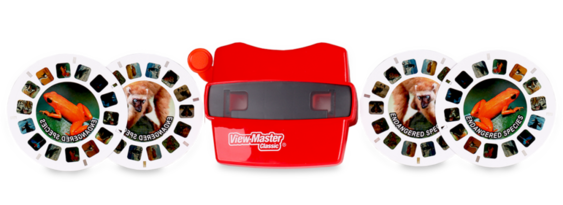Bona Fide Child of the 80s

Spending a large part of my tween to teen years in the 80s has given me nostalgia for this unusual decade. The acid-dye jeans, the teenage angst anthems, and the totally tubular slang make me glad I grew up in the decade of big ideas and even bigger hairstyles. Things seemed easier then, although looking back on the decade through adult eyes has made me realize that things were just as complex then as they are today. I remember taking my Halloween candy to the local emergency room who volunteered to x-ray all goodies amassed from trick-or-treating amidst a scare that razor blades were nefariously being placed in treats passed out to children. I also vividly remember the Chicago Tylenol murders, a series of poisoning deaths resulting from drug tampering in 1982. The victims had all taken Tylenol-branded acetaminophen capsules laced with potassium cyanide.

But I digress. The 80s is often referred to as the decade of greed; however, it was a time of enormous, even radical change. You can hardly mention the 80s without discussing the cornucopia of music goodness. The 80s delivered tons of new music variety and birthed some new music genres. Before the 80s, most music was rock-based. 80s music conjures images of Michael Jackson’s skin fading, Madonna’s cone-shaped bra, and Prince’s assless yellow chaps. Iconic artists such as Bruce Springsteen and U2 were squarely at the top of the music charts and Hip-Hop made its debut.

The 80s delivered New Wave music and one-hit wonders from artists such as Devo, Men Without Hats, and Kajagoogoo. During the 80s, nifty house music beats thrived and punk rock grew in popularity. The 80s also birthed Death Metal and bands such as Metallica. Disco was mainly dead, but sounds of synthesizer-based and electronically-based music were frequently heard wafting through the streets outside the coolest clubs. Music of the 80s still featured classic-style bands like the Rolling Stones and Queen, who were screeching out ballads at competition speed. These bands found a whole new generation of fans in 1980s teens. The 80s was the decade of the so-called Hair Bands with their high, lacquered, teased tresses.

MTV launched in 1981 and forever changed the way the world consumed music. People bought their favorite albums and cassette tapes at their local mall’s Sam Goody, Coconuts, or Camelot Music. They would then use their double cassette boombox to make their own compilation of their favorite songs; this creature was dubbed the “mix tape,” and girls would squeal with envy at their friends who received such a tape from their newest boyfriend. If someone you knew had a tape you wanted, you could copy it to a blank tape, and it was magically yours (in violation of all kinds of copyright laws that kids of the 80s didn’t know or care about)!

Although I always had a shiny new boyfriend, I preferred my music tastes because they did not include sappy love ballads, which were rampant in the 80s. I much preferred music with a resonating beat that I could dance to, or better yet, skate to. Many afternoons and evenings after school, I sat with my tape deck listening to the radio, waiting for the DJ to play the song I was dying to record. This led to many recordings of songs missing the beginning until my recording skills were honed. Of course, I had a pink one as soon as tape decks were available in colors. MP3s, Apple Music, Spotify, and other streaming music services were non-existent. After school, my friends and I would call the local radio station and request our favorite songs, hoping we had a quick trigger finger to press record when and if the song was played.

We had albums such as Pink Floyd’s “The Wall,” Michael Jackson’s “Thriller,” Bruce Springsteen’s “Born In The USA,” Bon Jovi’s “Slippery When Wet,” George Michael’s “Faith,” and many more totally rad albums.

In 1980, the Walkman was born. It was the first portable device for listing to cassette tapes and, much later, CDs. My first Walkman was bright yellow with bright yellow foam headphones. I was stylin. The Walkman was created because the owner of Sony music wanted to listen to music while traveling. Sure there were somewhat portable tape players, but not that easily fit in your hand or oversized purse.

And the oversized purse brings us squarely into the realm of 80s fashion. Ah!! The fashion from the 80s - When you think of the 80s, it likely conjures images of fluorescent pinks and greens, neon sweatshirts with the neck cut out, worn off one shoulder, legwarmers, and multiple pairs of socks layered to match every color in your outfit. I remember begging my parents to let me buy shoes, specifically Keds, two sizes too big so that I could easily accommodate my layers of socks. Velvet scrunchies, crimped hair, and mall bangs were all the rage. There was no such thing as too much hair spray. Shoulder pads could not be too large, and everyone had a wardrobe full of acid-washed jeans.

This was also the decade of skating, roller and ice. I remember many Friday and Saturday nights spent at the rink for public skates, just hoping that the boy I liked would be there and would ask me to skate.

The 80s was the era of sitcoms and shows like Growing Pains, The Cosby Show, Who’s The Boss, Family Ties, Webster, Full House, Cheers, ALF, The Wonder Years, and The A-Team, all of which were were hugely popular. There were also hour-long shows like Miami Vice that were trendy and spawned a whole fashion movement.

If you desired other entertainment, you could always play video games on the Atari or, later, the Nintendo. Games like Space Invaders, Pac-Man, Pitfall, Donkey Kong, and Super Mario Brothers were highly demanded.

I would be remiss if I did not mention other toys of the 80s. Older kids were busy trying to solve their Rubik’s Cubes while younger kids played with Care Bears, Cabbage Patch Kids, Transformers, and My Little Pony. I find it fascinating that many of these 80s born toys have had a rebirth into modern times. In November 1983 (I was 8), America went absolutely bonkers for Cabbage Patch Kids. The dolls were so scarce and demand was so high that riots broke out in stores, parents were ready to drive hundreds of miles to buy them, and desperate gift-givers were willing to pay big bucks for a rare doll. I remember my parents taking turns camping out at Century III mall, Woolworth’s, and Service Merchandise because my mom had called and learned that there was supposed to be a shipment of dolls (have I said that I had great parents? If not, let me say that here). The mania over Cabbage Patch Kids eventually subsided as newer and hotter toys came along. Still, nothing that followed, including the hysteria for Beanie Babies and Tickle Me Elmo, was quite as dramatic. I even had a German Cabbage Patch doll that my father purchased for me on an overseas business trip.

During the 1980s, conservative politics and Reaganomics held sway as the Berlin Wall crumbled and new computer technologies emerged. Renting movies from Blockbuster Video to play on your VCR was a Friday night staple.

In the 1980s, American culture was defined by a proud political and social conservatism. The election of Republican Ronald Reagan to the presidency in 1980 was the high-water mark of late twentieth-century American conservatism. Conservatives, represented by the Republican Party, favored preserving traditional values and customs. They opposed any sudden change to the arrangement of power in the country, and they believed the federal government should have limited control over the lives of American citizens. On the other hand, liberals, represented by the Democratic Party, favored a stronger central government. They believed in political reforms that extended democracy, distributed wealth more evenly, and brought about social change. It was when I became interested in politics and the law.

During his two terms as chief executive, Reagan tried to abolish the so-called welfare state and reduce the size of the federal government. Reagan and his administration believed that eliminating federal bureaucracy and regulations would allow American business to return to doing what it did best: producing a mountain of goods for a mass-consumption society.

The Reagan presidency brought high style back to the White House, and Americans wanted to copy that style and elegance. Urged on by their President to spend, Americans did so. American culture became a culture of consumption as shopping became Americans’ number-one hobby.

A good education, a good job, and a loving family no longer defined success for many Americans. They had to have an M.B.A. or other post-graduate degree, a high-paying job, an elegant home or apartment, a membership to an upscale health club, and the necessary clothes to give at least the appearance they had succeeded. This was also when my parents began to impress upon me the need for a college degree and potentially even more schooling. Americans wanted more and they were in a hurry to get it. Popular phrases that arose in the decade—“A.S.A.P.,” “what’s the bottom line?” and “cut to the chase”—communicated the sense of urgency of the times.

Beyond the shopping malls and mail-order catalogs, serious social issues made news, and some people were concerned. While many Americans spent freely, others were left with nothing as the Reagan administration stopped providing financial support for numerous social programs. The defunding of mental health programs left many mentally ill Americans homeless or incarcerated. As increasing numbers of Americans lost their homes, they found society had neither the means nor the will to help them in their time of crisis. Many of them were left to wander the streets of American cities, swelling the ranks of the homeless. Reports of child abuse also soared during the decade, overwhelming social service agencies. Officials finally declared the problem of child abuse “a national emergency.” As with homelessness, American society’s attempts to address child abuse were often inadequate.

The substantial fear of a nuclear war also weighed heavy on the minds of many Americans in the 1980s. President Reagan was staunchly anti-communist, and he created a nuclear arms race with the Soviet Union that led many to believe a nuclear war was possible and inevitable. Americans from all levels of society banded together in a movement to stop the arms race, but their protests went unheard in the White House. Only a change in Soviet leadership led to reduced tensions between the two major nuclear powers of the world and allowed Americans some relief from their fear of nuclear war. I remember seeing nuclear fallout shelters in malls and having drills in school on how to shelter in case of a nuclear attack. Of course, I knew that sheltering could not protect us in the event of a nuclear war, thanks to my pessimist best friend, who was a 10-year-old journalist and researcher. He always reminded me during these drills of how “cool” it would be to have all of our skin melt off if we were attacked.

In this decade of excess, Americans still found time for religion. Many polls showed that most people in the country had a strong belief in a Supreme Being and an afterlife. Yet many found it challenging to adhere to the strict traditions of their churches, and they sought out other forms of religion. The New Age movement, a blend of eastern philosophies and centuries-old mystical beliefs, captured the attention of millions of Americans. The polar opposite of New Agers were televangelists such as Jim and Tammy Faye Bakker and Jerry Falwell. They saw their audiences grow dramatically, and they became rich in the process. Armed with money and the ears of many Americans, these evangelists tried to use their pulpits to convert people to their religious and political beliefs. Some even went so far as to enter national politics.

Indeed it isn’t easy to sum up a decade in just a few pages of words, but to me, the 80s were a great time to be a tween. My family flourished, we were close-knit, and I had a mostly-worry-free childhood. It is oddly comforting to revisit these times, so I created this profile. If you have read this far, thank you for allowing me to share a few memories of the most incredible time in my childhood.



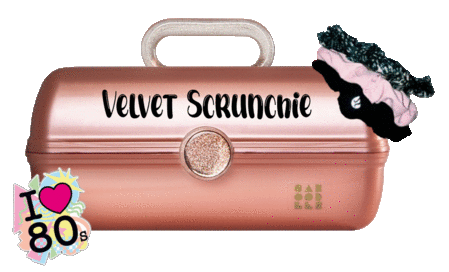
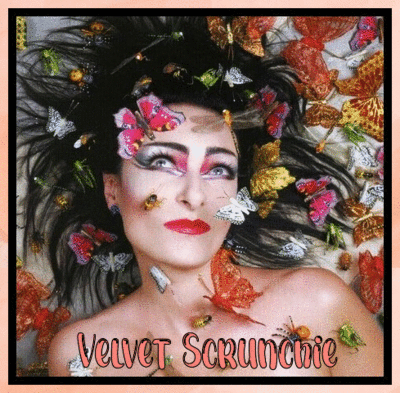








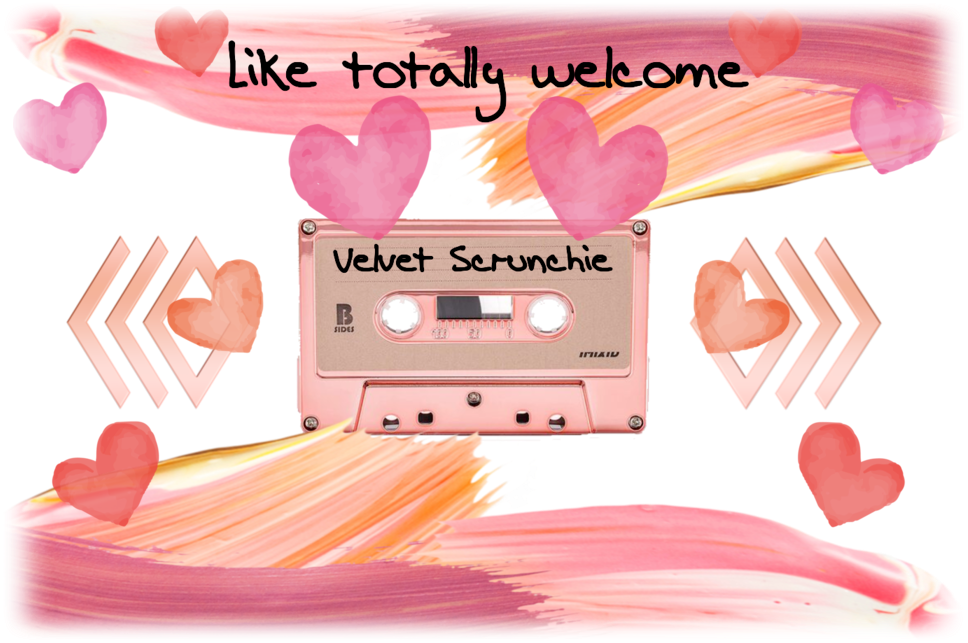

.gif)




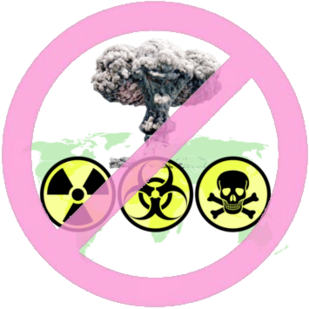



.gif)
